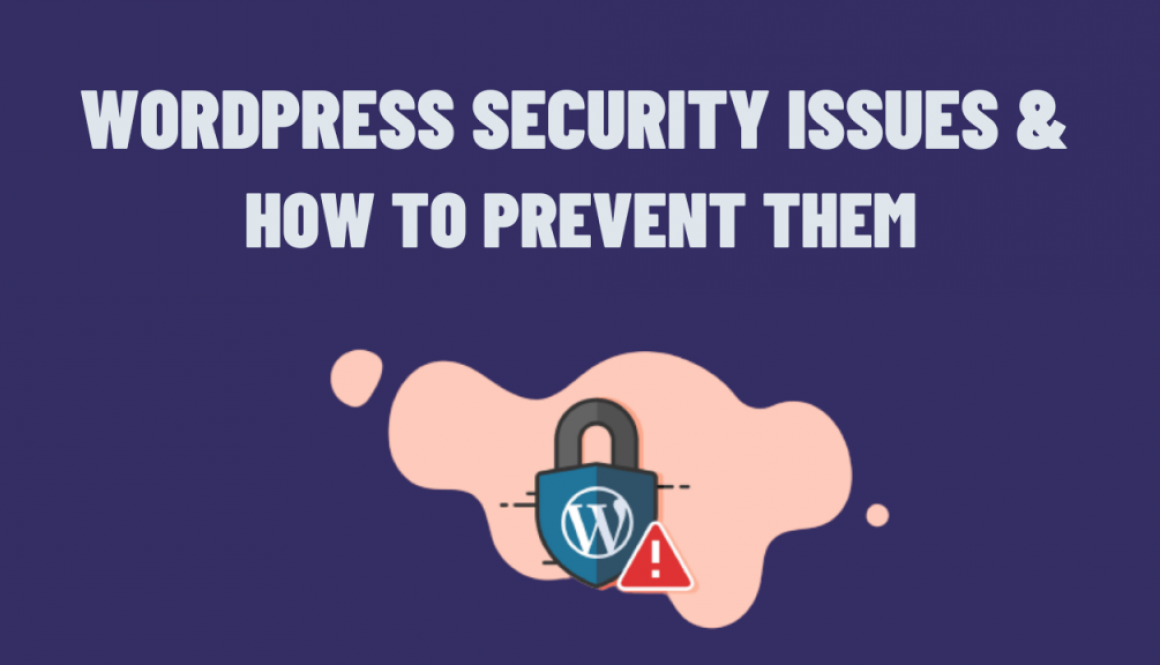WordPress is the most popular content management system on the web, powering over 40% of all websites. However, its popularity also makes it a target for hackers and cybercriminals. Therefore, it’s essential to understand the common security threats to WordPress websites and how to prevent them. In this blog post, we will discuss the top security threats to WordPress websites and provide tips to prevent them.
Brute Force Attacks
One of the most common security threats to WordPress websites is brute force attacks. In this type of attack, a hacker attempts to log in to a website by using different username and password combinations. Besides they use automated tools to try out millions of possible combinations until they find the right one.
To prevent brute force attacks, you can limit the number of login attempts, use strong passwords, and implement two-factor authentication. However, you can also use security plugins like Wordfence or iThemes Security to block IP addresses that make too many login attempts.
Here’s an example code snippet to limit the number of login attempts in WordPress:
function my_login_attempts_limit() {
$login_attempts = 3;
if (isset($_COOKIE['my_login_attempts'])) {
if ($_COOKIE['my_login_attempts'] >= $login_attempts) {
header('HTTP/1.0 403 Forbidden');
exit;
} else {
setcookie('my_login_attempts', $_COOKIE['my_login_attempts'] + 1, time() + 60*10);
}
} else {
setcookie('my_login_attempts', 1, time() + 60*10);
}
}
add_action('wp_login_failed', 'my_login_attempts_limit');
Malware Infections
Another common security threat to WordPress websites is malware infections. Malware is malicious software that can harm your website, steal sensitive information, and compromise your security. Hackers can inject malware into your website through vulnerable plugins, themes, or other security vulnerabilities.
Therefore, to prevent malware infections, you should keep your plugins and themes up-to-date, install security plugins, and regularly scan your website for malware. You can use plugins like Sucuri or MalCare to scan your website for malware and fix any security issues.
SQL Injection Attacks
SQL injection attacks are a type of cyber attack where a hacker inserts malicious SQL code into a website’s database. Moreover, this code can then be used to steal sensitive data or modify website content.
To prevent SQL injection attacks, you can use prepared statements in your code to sanitize user input and prevent malicious SQL code from being executed. Here’s an example code snippet to use prepared statements in WordPress:
global $wpdb;
$wpdb->query( $wpdb->prepare(
"
INSERT INTO {$wpdb->prefix}mytable
( user_id, user_email, user_ip )
VALUES ( %d, %s, %s )
",
$user_id, $user_email, $user_ip
) );
File Upload Vulnerabilities
File upload vulnerabilities are a type of security threat where a hacker uploads a malicious file to a website. Besides, this file can execute code, steal sensitive data, or perform other malicious actions.
Hence, to prevent file upload vulnerabilities, you can limit the types of files that users can upload, scan uploaded files for malware, and restrict file permissions on your web server.
Here’s an example code snippet to restrict file types in WordPress:
function my_upload_mimes( $existing_mimes=array() ) {
$existing_mimes['pdf'] = 'application/pdf';
$existing_mimes['doc'] = 'application/msword';
$existing_mimes['docx'] = 'application/vnd.openxmlformats-officedocument.wordprocessingml.document';
return $existing_mimes;
}
add_filter( 'upload_mimes', 'my_upload_mimes' );
Cross-Site Request Forgery (CSRF) Attacks
Cross-site request forgery (CSRF) attacks are a type of security threat where a hacker tricks a user into performing an action on a website without their knowledge or consent. However, using a fake login page, a fake form, or other social engineering tactics this attack can happen.
For prevention, you can use nonce values to verify user actions, use HTTPS for secure connections. Also you can use security plugins to detect and prevent CSRF attacks.
Here’s an example code snippet to use nonce values in WordPress:
$nonce = wp_create_nonce( 'my_action' );
$url = admin_url( 'admin-post.php?action=my_action&nonce=' . $nonce );
Denial-of-Service (DoS) Attacks
Denial-of-service (DoS) attacks are a type of security threat where a hacker floods a website with traffic or requests, making it unavailable to legitimate users. However, this can be done through botnets, DDoS attacks, or other tactics.
In order to prevent DoS attacks, you can use firewalls, rate limiting, and other security measures to block suspicious traffic and prevent overload on your web server.
In conclusion, securing your WordPress website is essential to protect it from cyber attacks and data breaches. By following these solutions, you can reduce the risk of security threats and keep your website safe and secure.


